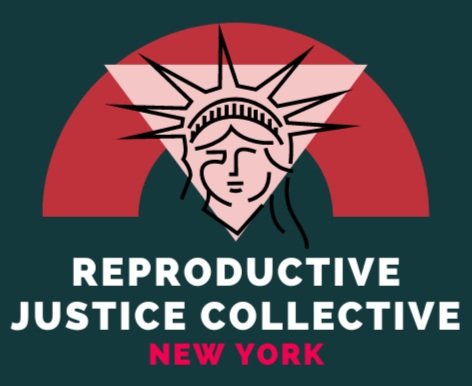Queer & Trans Reproductive Justice
Illustration by @em_mulsify
Reproductive rights issues manifest differently and have different barriers for queer, trans, and gender noncomforming folks. Here’s the language necessary to discuss these barriers, as well as some information about the types of barriers that exist in the medical system and the methods by which people are advocating for change.
Gender essentialism:
Reproductive justice can often center cis, white women
A lot of the language is gender essentialist and does not acknowledge that many people who do not identify as women have the capacity for pregnancy, need access to reproductive care, etc.
What is gender essentialism?
A concept that suggests genitalia is the primary factor in determining gender, because there are inherent traits that come with genitalia.
Systemic barriers:
Gender markers on medical documents
Documents people must produce to verify their identity (schooling, insurance, pensions), there is an administrative barrier - trying to remove this barrier
Lack of information on trans healthcare in medical schools, etc.
Using the right pronouns, access to hormones, etc. but also just lack of information about options
Being trans at the gynecologist, if that medical professional is not versed in trans care
State Laws:
Arizona requires a doctor to certify that a sex change has occurred before being willing to change the gender marker on documents
Other states require a court order
Other states require a “change by medical or surgical procedure” notice.
Lack of Education & Bias in Medical Field
Transgender healthcare needs to be a part of the medical school curriculum because transgender and gender non-conforming individuals need to feel like their healthcare providers are educated and reliable.
Without this, individuals who identify as transgender or gender non-conforming are at risk of not knowing their options in terms of reproductive health care.

